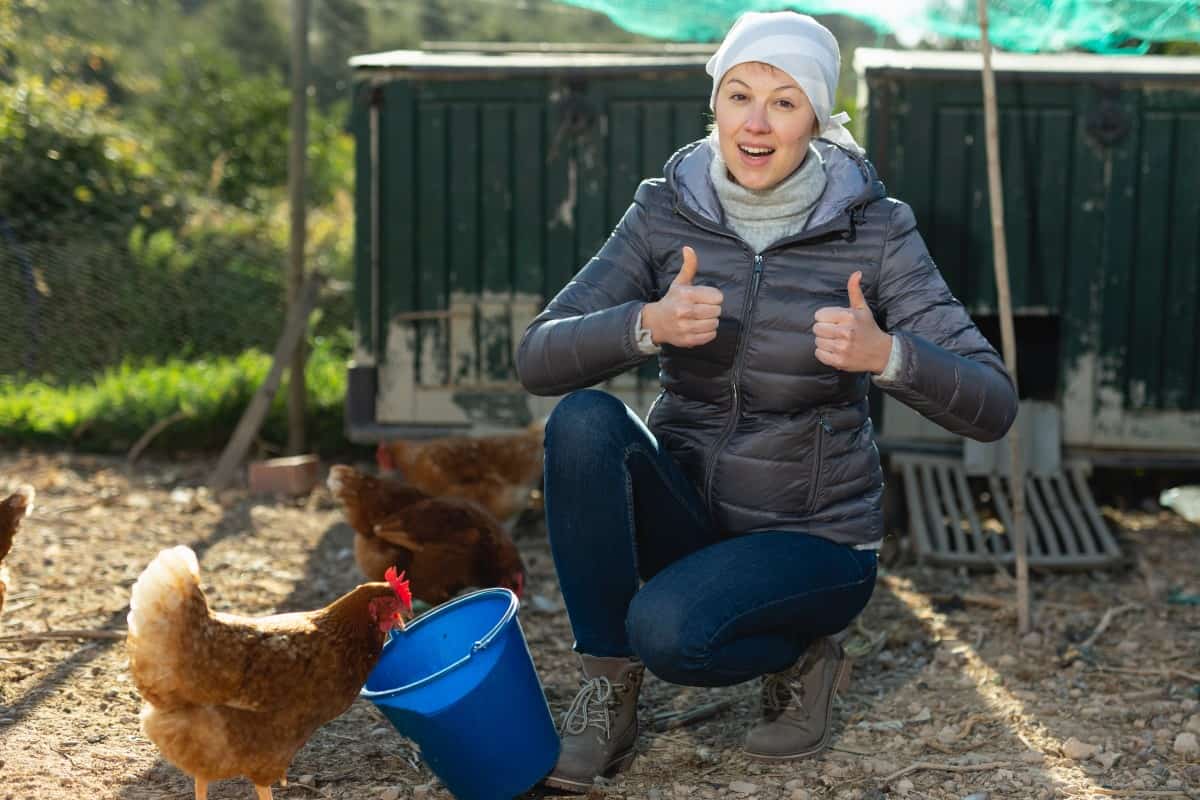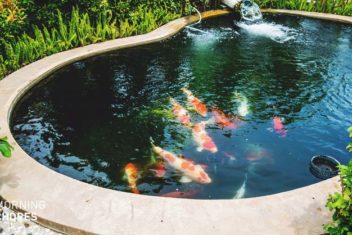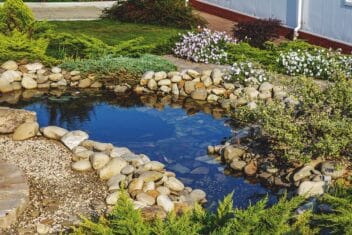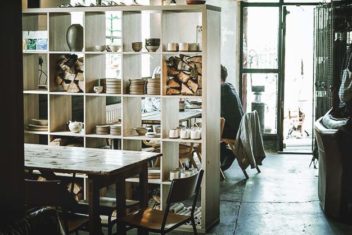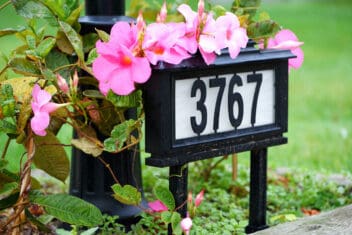In an article about the highly ornamental Patina Farm, one of the owners of that gorgeous place said their secret was to “edit, edit, edit.” I hadn’t heard that term applied to a farm before. So, I did some research to find out how I could ‘edit my homestead’ to make it more lovely and functional.
Of course, I know all about editing when it comes to writing. “Editing” is code for reducing word count, removing mistakes, and narrowing content to stay on the message. Turns out, that’s pretty much the same process you need to apply when using editing to improve your homestead experience.
Editing can be a transformative tool to help you pair down your possessions and refine your organizational and storage processes. That can help make you an even better homesteader than you already are!
So, if you suspect your homestead could use some edits, read on for ideas on how to specifically apply this term to a homesteading lifestyle.
What is Home Editing?
Home editing is about removing things you don’t need, fixing things that aren’t working for the way you live, and making your space more purposeful and intentional in appearance. It’s not something you do once and forgets.
You might need to start with a big edit-style makeover. However, then you keep on editing and refining as your needs change. Eventually, editing becomes second nature.
In this article, I’m going to give you editing tips for that big makeover part of the process. Then, I’ll finish up with more tips to help you keep your homestead functioning as a place of calm, clutter-free beauty long-term.
Homestead Edit #1: Shop Your Homestead
One of the recurring themes around this idea of editing your home is to take everything out and move it to a neutral space. Then, only put back what you use, love, or need.
As you go, you also arrange your items in more meaningful, beautiful, and useful ways. Many people call this “shopping your home”.
If you know about tidying guru Maria Kondo, this is the “spark joy” part of tidying. Kondo recommends that you hold each object and keep only what sparks joy. Then you let go of what you don’t love.
The benefit of this process is that some of us have so much stuff, we don’t even know what we have anymore. So, you often discover forgotten gems. You also realize how much baggage you are carrying around which makes it easier to let go.
1. Homesteading Baggage
Homesteaders are a bit different than the typical homeowner. We usually don’t have closets exploding with once trendy clothing or enough knick-knacks to wrap around the circumference of the earth twice. Our baggage tends to look a lot more like one of these categories below.
- Things we thought would make a homesteading task easier – but didn’t
- Stuff we used for special projects and may or may not need to use later
- Materials we hoard because we might need them for some distant project
- Junk we hoard that we aren’t going to use but feel guilty about throwing away
There are other categories I could add to the list. However, I think you get the point.
We’re focused on self-sufficiency. As a result, even when something’s not useful right now, if we imagine it might somehow be useful for greater self-sufficiency down the road, we hang on to it.
If that sounds like you, then let me be your Marie Kondo and give you permission to set that stuff free. Hoarding things you don’t need because you imagine they’ll be useful later, is totally antithetical to homesteading.
2. Homesteading is Freedom from Hoarding!
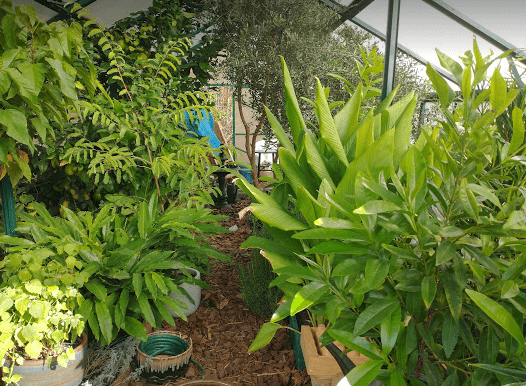
Homesteading is about figuring out ways to provide what you need by growing, making, foraging, raising, and otherwise using your skills and ingenuity.
Quite frankly, after a few years of homesteading, you become like MacGyver. You’ll solve most problems with a scrap of baling twine, a feed sack, a mason jar, and a little creativity.
You don’t need to hoard when you have skills. Learning lots of skills such as how to garden in a greenhouse will help you meet your needs year-round.
So, all that stuff that you hoard now becomes less necessary the more skilled you become at homesteading.
3. Prepping vs. Homesteading
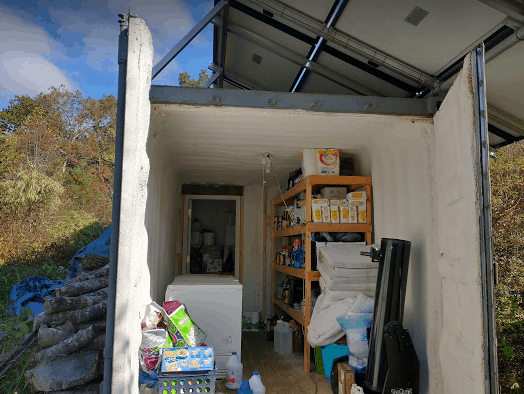
Let me be perfectly clear. If you are storing certain tools or have collections of random supplies set aside for some unknown event that might occur in the future, that’s not homesteading. That’s prepping!
Being a prepper is totally okay too. However, prepping is a different mindset and skillset than homesteading. It also requires different storage facilities.
For homesteaders who are also preppers, your big home edit might be to draw the line between what is homesteading-related and what should go to your long-term prepper storage area.
– Food Storage
For example, a 12-18-month supply of food is standard for homesteaders. That’s enough food to keep us going through winter and any potential short-term weather events that might limit our food production capacity. That food should fit in your near access storage like a root cellar, cold room, or homestead pantry.
We keep a few weeks of supplies in our house. However, our stored food supplies, extra blankets, and infrequent use equipment go into an off-grid shipping container so it doesn’t take up room in our active living areas.
When you store more than an 18-month supply of food, that falls into the prepper camp. You need to sort, store, and rotate that food supply in different ways than you would your active pantry. If you try to keep that much food in your regular use spaces, you won’t have room to turn around.
Don’t try to store that stuff in your active living area. Instead, carve out a practical place for all of your prepper supplies that is away from where you do most of your homesteading activities.
Homestead Edit #2: Let Go Gracefully
Now that you’ve put your prepper stuff somewhere out of the way, the next part is the equivalent of word count reduction. You have to get rid of what you don’t need to keep.
Deciding what to keep is usually the easy part. Letting go of the things you know you don’t need can be challenging.
We usually have emotional attachments to stuff that make it painful to let go. Yet, if you find ways to let go of goods gracefully, rather than just dumping your junk on your local thrift store, it can be healing rather than painful.
1. Community Donations
For example, I had a new honey extractor that I wasn’t using. I thought about selling it. However, the extractor had been given to me as a birthday gift. So, I felt terrible about selling a gift.
Instead, I donated it to my local extension office that runs the beekeeper program for our county. Now all the beekeepers can use it without forking out $300 for a personal extractor. I get the satisfaction of knowing that gift is helping my community.
By identifying clubs or organizations that need your big-ticket items, you can build community as you edit. Hackerspaces and tool shares might also be thrilled to have your unwanted tools and equipment.
2. Freecycling
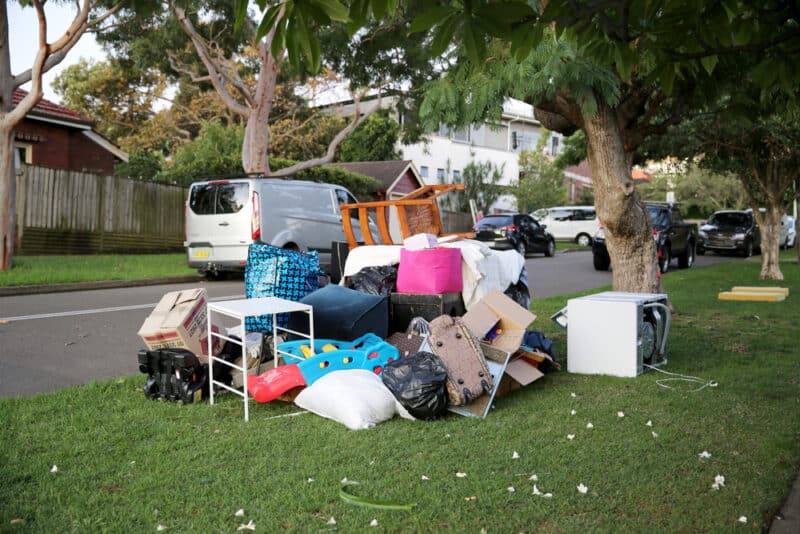
There is also a pretty active freecycling network out there if you get tapped into it. Some cities have spaces dedicated to the pick-up and drop-off of free items.
There are freecycling groups online that you can post your giveaways to. Or you can place free ads on social media, craigslist, or in local newspapers. You can also set up a free yard sale and just let people come pick up whatever they need.
3. Ready to Sell Order
If you don’t have time to track down appropriate recipients of your free stuff, then consider delivering your donations to your local thrift stores in ready-to-sell order. This makes it more likely those items will be displayed in a way that unites them with the right recipient.
Wrap up cords. Put notes on electronics indicating that they are in good working order. Tape sets of things like dishes together. Clean items before you donate them. Bag up new condition clothing separately from clothes that need repairs and indicate the status on the bag.
Your local thrift store will have its own sorting process too. Still, by delivering those goods in ready to sell order, they are more likely to get into the hands of someone who wants or needs them.
4. Sell Your Stuff

You can also sell some of your unwanted things directly to consumers. Yard sales, consignment shops, and online marketplaces are common ways to do that.
Most people buying second hand are looking for deals. Be prepared to sell for less than you paid.
5. Barter Better
You can also barter for things you need. This tends to be trickier than selling for cash because your needs must align with someone else’s. However, if you are open to bartering a broad class of goods rather than just one or two items, your chances of success are better.
6. Junk the Junk
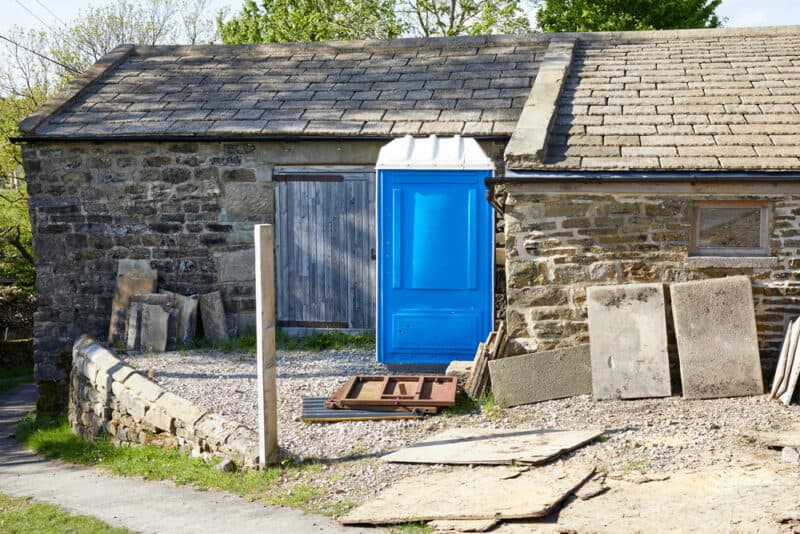
You will have some stuff to get rid of that no one wants. Recycle what you can. Properly dispose of what you can’t.
Electronics can usually be recycled at the store where you bought them. Some communities also hold electronics recycling events.
Toxic items require special disposal. Make sure to check with your local authorities to find out the best way to dispose of things like paint, cleaning products, and anything with “cide” in the name (e.g. pesticide).
7. Reflect
Also, spend a little time reflecting on what you are getting rid of, why you had it, whether you really needed it, what attracted you, etc. Then use that knowledge to arm yourself against future purchases of things that are ultimately destined for the landfill.
Homestead Edit # 3: Curate Systematically and Seasonally
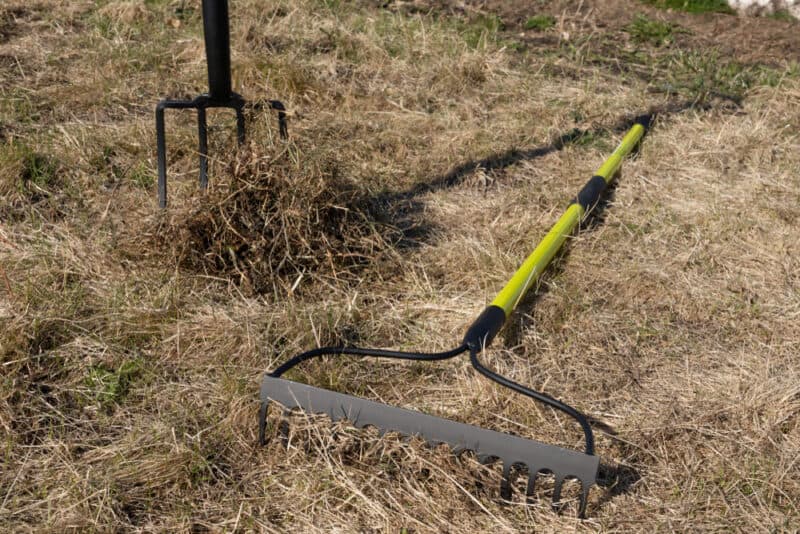
The final step for a successful editing makeover is to group the things you are keeping in meaningful, beautiful, and practical ways. This is often called curation.
For example, if you were curating a large closet, you might group work shirts in one section and casual shirts in another. You might sort your shoes by color.
On the homestead, though, our lives are so seasonal and so rich with ebbs and flow that our curation needs to factor in the ways we work with nature.
1. Curate Your Pantry
For example, your pantry needs to be curated for when it is full, empty, and for seasonal restocking.
– Canned Food
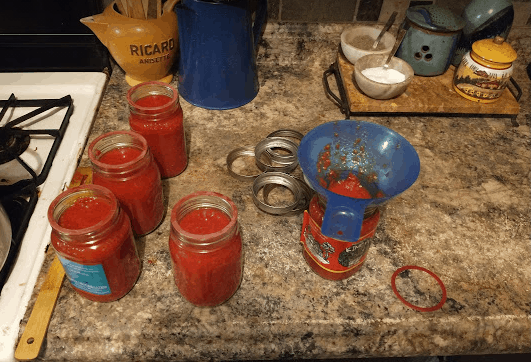
If you can food, you might sort savory vegetables like tomatoes, green beans, and beets in one area and sweet preserves and honey in a different section. However, what happens when you start using and emptying those jars?
Do you have a completely different section for storing empty mason jars? Do you constantly rearrange shelves to move full jars together and make room for the empties?
Or perhaps you pick up your jars of food from the back first and place your empties behind your full jars. That way your pantry still looks pretty and curated throughout the winter without constant reorganizing.
– First Use Foods
As garlic growers know, hardnecks have to be eaten first and stored with much greater care than softnecks. Hardnecks also can’t be braided for vertical storage. When you grow both kinds, you’ll have to curate your stored garlic so that your hardnecks are accessed first followed by the softnecks.
Perhaps you’ll hang your braided softneck garlic at the top of a rope. Then attach quick grab bags of hardnecks on the bottom of the rope.
That way you can work your way up your garlic rope accessing the short-term garlic first. Plus, you have your lovely softnecks hanging high on the garlic rope display for long-term visual interest.
This kind of planning makes using what’s in your pantry easy. Plus it also keeps your pantry prettier longer.
– The Secret to Homestead Curation
As you can see from this pantry example, to keep your homestead well-edited year-round, you can’t just plan for where to put things now. You need to include those cyclical and seasonal rotations of use that are unique to your homestead.
Here are a few more areas to take into account when curating for seasonal use.
2. Planting Season
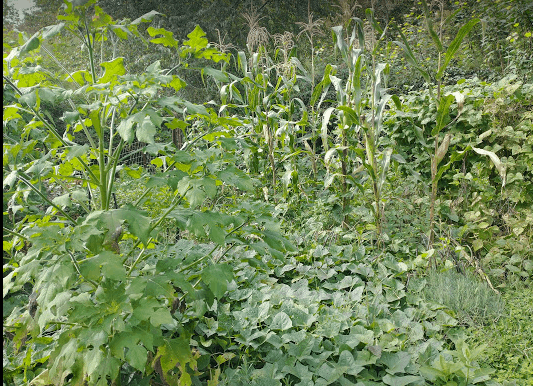
During planting season, you’ll have to regularly access your potting soil, seeds, starter pots, and more. You’ll also have a rotation of pots in various stages including just planted, germinated, leafed, hardened off, and ready to transplant, followed by empty pots to clean and store.
Seed using, saving, and sorting are also cyclical. Of course, there’s also the continuous managing of fresh eating and long-storing vegetables and fruits.
Admittedly, keeping a homestead lovely during all this seasonal activity is one of the most challenging times to practice your editing. Still, just like curating your pantry, there are some tricks that make curating even your heavy harvests easier.
– Harvest Timing
With good timing, you can reduce mess and stress by harvesting late-maturing sweet potatoes, corn, and beans over a series of weeks rather than all at once.
For example, I used to harvest my onions while my garlic was still curing. That meant I needed space for 500 plants at once.
Now, I harvest and cure my softneck garlic. Then, I move on to my hardnecks. Finally, I start on my onions.
This way I never have more than 200 bulbs curing at once. Staggered harvests also mean I am only replanting one-third the amount of beds in one go.
I also stagger harvesting for my sweet potatoes, corn, and drying beans. Sweet potatoes come in to cure first. Once the sweet potatoes are processed, I bring in the corn. Finally, I move on to drying beans.
Then, I replant beds as I empty them based on the cold-hardiness of the plants going in. Less cold hardy plants go in after sweet potatoes. Moderately cold hardy plants go in after corn. Extremely cold hard plants follow the beans.
By staggering harvests, all that processing requires less space. This also allows more time to edit and refine processes and storage organization. Plus, you don’t need as many seed packets in use or all your planting pots occupied at once.
– Livestock Cycles
Homesteaders also live by livestock cycles. There are times of the year when you need more hay and straw. Then there’s the kidding or hatching season and all that related equipment.
If you think holistically about your livestock routines, you may be able to use the same space for multiple purposes. For example, your fall and winter hay and straw storage area might become a hatchery and brooder in spring and summer.
We all have special equipment and seasonal activities that require special equipment and space. By curating storage and room for active duty and passive storage, our homesteads become easier to keep tidy year-round.
Homestead Edit #4: Opt for Attractive Equipment
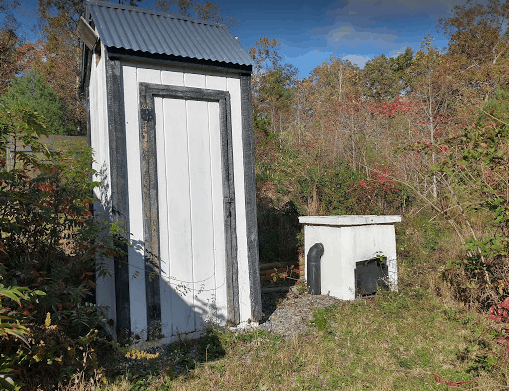
Most of us can’t afford to run out and replace all our cheap tools with timeless treasures. However, as your hardware store pruners and plastic handled hoes wear out, replace them with more beautiful equipment.
That will make figuring out where to store stuff a lot easier because durable, timeless tools are beautiful. As such, you can even display them in your home, on your porch, and as part of the décor of your greenhouse or potting shed.
The same goes for all your food processing equipment. Nobody wants ugly plastic fermentation buckets or plastic crates in their living room when not in use. However, beautiful pottery crocks and natural baskets used for the same purposes can be curated as country decoration when not in use.
Stainless steel or vibrantly painted culinary equipment is also nicer to leave out on your counter or on an appliance shelf than white plastic. Item by item, opt for higher quality and greater beauty in your purchases.
Edit # 5: Rearrange Decisively
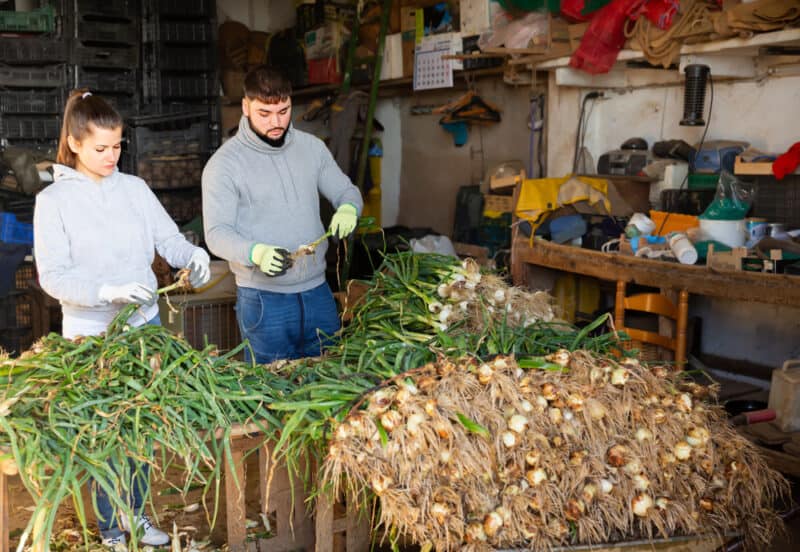
One of the things that smart retailers know is that customers stop looking at shelves if they stay the same too long. That’s why you periodically walk into your favorite store and find everything rearranged.
The same is true in our homes. If we put stuff in place and leave it there, we eventually stop noticing it. That means we stop appreciating it and are no longer inspired by those objects.
As homesteaders, we have a certain amount of seasonal rearranging built into our processes. However, each time you put things back, try to curate better for more beauty and practicality.
Edit # 6: Edit Regularly
My last bit of advice is to let go of things you don’t need as soon as you realize you don’t need them. Otherwise, a few years down the road, you’ll have to go back to the makeover section of this post!
If you realize a tool is uncomfortable, give it away or re-purpose it into decoration. If you upgrade to new equipment, release your old to find a new life with someone else.
Editing Can Improve Other Things Too!
All aspects of our homesteading processes, not just our storage areas, can benefit from conscientious editing. If there are parts of your animal care routines, gardening duties, culinary processes, crafting, breed choices, or other homestead activities that aren’t working for you, why not edit those too?
